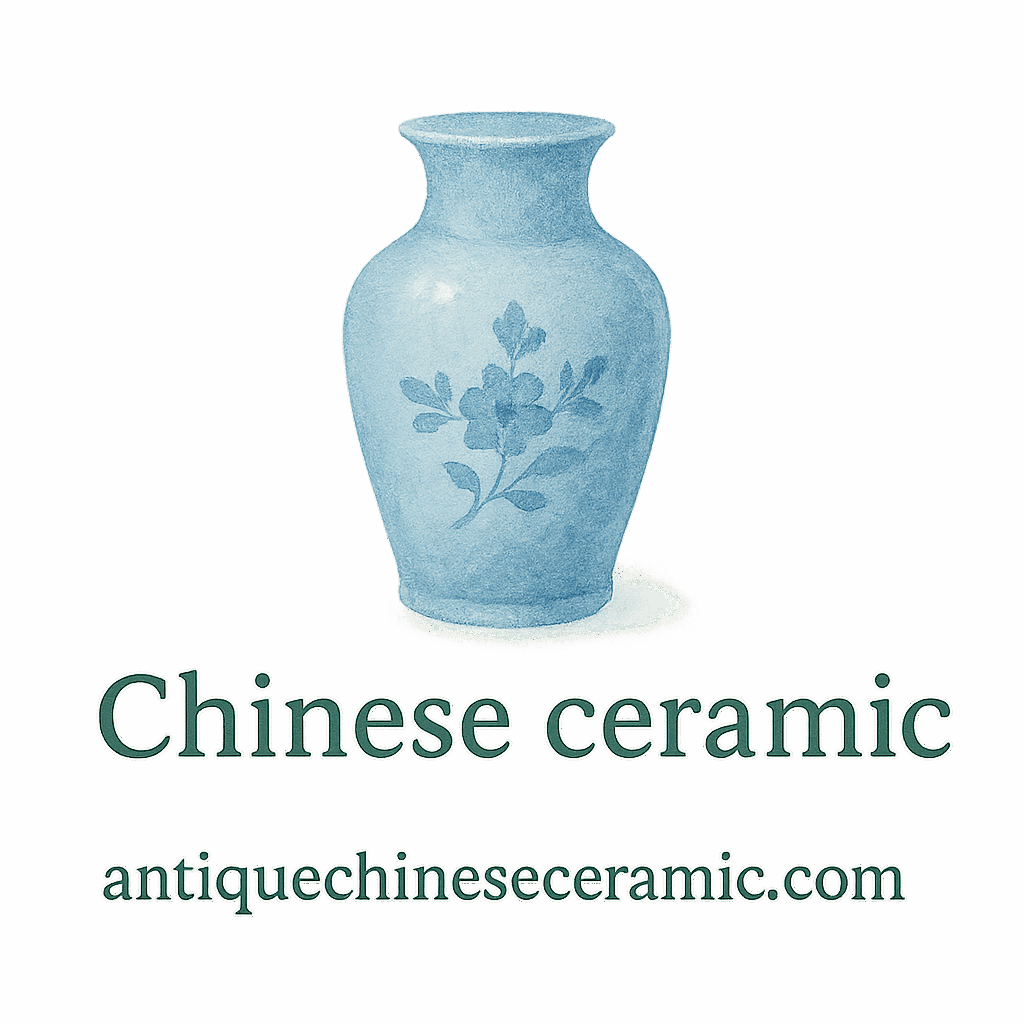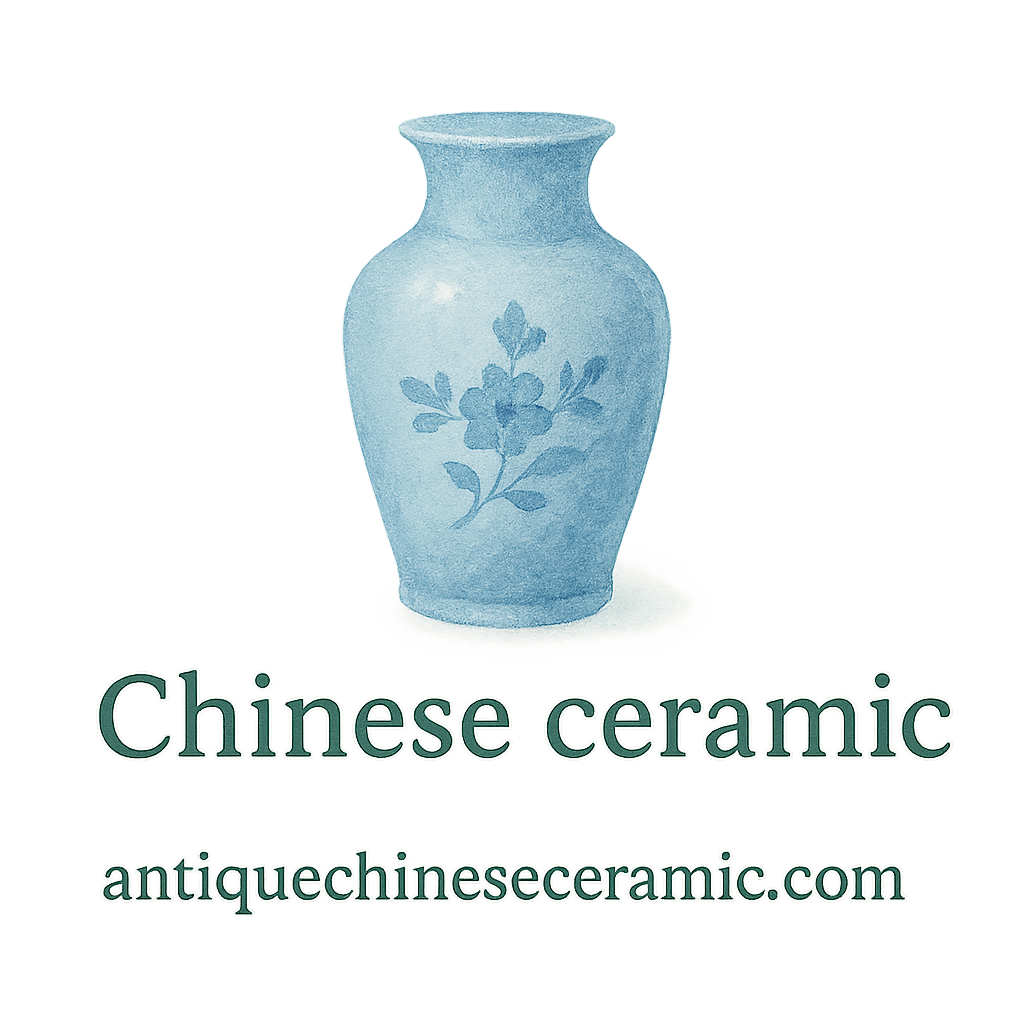Introduction to Antique Chinese Ceramics
Have you ever wondered why a simple-looking porcelain bowl could sell for millions? Welcome to the fascinating world of antique Chinese ceramics. These aren’t just dishes; they’re vessels of dynastic stories, revolutionary craftsmanship, and centuries-old traditions.
With some ceramic pieces fetching prices higher than a mansion in Beverly Hills, it’s time we take a deep dive into the 8 most expensive antique Chinese ceramic pieces ever sold and why collectors are going absolutely crazy over them.
What Makes Chinese Ceramics So Valuable?
Before we get to the big-dollar treasures, let’s unpack what makes Chinese ceramics such hot commodities at global auctions.
Rarity and Age
Older ceramics, especially those from the Tang, Song, Ming, and Qing dynasties, are incredibly rare. Once they’re gone, they’re gone forever. This scarcity alone drives up prices significantly.
Artistic Techniques and Craftsmanship
Chinese artisans were centuries ahead in techniques like blue-and-white underglazing, famille-rose enameling, and celadon glazing. The skill and labor that went into these pieces are nothing short of phenomenal. For more insight into such techniques, check out the identification section on our site.
Historical and Cultural Significance
Every piece tells a story—from imperial court life to spiritual beliefs. Collectors often seek items that connect them with dynastic heritage. The timeline of dynasties is key to understanding this allure.
The High-Stakes World of Antique Ceramic Auctions
Auction houses like Sotheby’s, Christie’s, and Poly Auction in Beijing have transformed ceramic sales into high-stakes bidding wars. Wealthy collectors, museums, and cultural institutions engage in fierce battles to bring these rare gems home.
1. The Chicken Cup – $36.3 Million
The Ming Dynasty Connection
This small yet legendary cup from the Chenghua reign (1465–1487) of the Ming Dynasty showcases a rooster, hen, and chicks—symbols of fertility and harmony. Only a few exist, and they’re considered the pinnacle of Ming porcelain.
Buyer Spotlight: Liu Yiqian
Chinese billionaire Liu Yiqian bought it at a Sotheby’s auction in 2014 and famously paid using his American Express card—racking up enough points for a lifetime of luxury travel!
Discover more about Ming treasures in our section on Chinese ceramic history.
2. The Ru Guanyao Brush Washer – $37.7 Million
Northern Song Dynasty Elegance
This pale blue brush washer, dated to the Northern Song Dynasty, is revered for its soft glaze and understated elegance. The famous Ru ware is among the rarest of Chinese ceramics.
Its Auction Legacy
In 2017, Sotheby’s Hong Kong shattered records with this sale. It became one of the most expensive ceramic pieces ever auctioned. Want to preserve similar treasures? Visit our guide on care and preservation.
3. Qing Dynasty Vase with Fish – $29 Million
Symbolism of the Koi
Fish are a powerful symbol in Chinese culture, representing abundance, perseverance, and wealth. This vase from the Qianlong period (1736–1795) is both an artistic and cultural triumph.
London Auction Frenzy
It shocked the world when sold in London in 2010. The seller, unaware of its value, had kept it on a bookshelf!
For more on cultural symbolism and styles, visit the ceramic tag.

4. Famille-Rose “Yangcai” Vase – $19.3 Million
Intricate Overglaze Enamels
The Yangcai style, perfected in the Qing era, is known for its vibrant color palette and complex patterns. This vase featured Western-style shading, a rarity in traditional Chinese pottery.
Hidden Treasure in a French Attic
The vase sat in an attic until it was rediscovered and auctioned in 2018. Talk about a real-life antique fairytale!
If you’re hunting for similar discoveries, learn more about collecting techniques.
5. The Blue and White Dragon Jar – $15.1 Million
Power Symbolism of the Dragon
The dragon symbolizes strength and imperial power in Chinese tradition. This jar, with its bold cobalt design, is believed to have been made for the emperor himself.
Imperial Quality and Craft
This Yuan dynasty piece was auctioned in 2011. Experts pointed out its remarkably preserved surface as a major selling point.
6. Yuan Dynasty Vase – $9.5 Million
Underglaze Cobalt Blue Techniques
The vase’s intricate cobalt patterns and Arabic inscriptions signify trade influences during the Yuan dynasty—a time when Mongol rule opened China to global markets.
A Rare Artifact from the Mongol Empire
Its uniqueness comes not only from its age but its multicultural artistry. These global influences are detailed further in our methods tag.
7. The Yellow Ground Ewer – $5.8 Million
A Delicate Imperial Commission
With bright yellow enamel and imperial marks, this Qing Dynasty ewer was likely made for palace use. Yellow was reserved for royalty, adding another layer of exclusivity.
Preservation and Provenance
Thanks to pristine preservation, it fetched a fortune at auction. Curious about storing your pieces? Learn more on our storage tag.
8. Tang Dynasty Sancai Horse – $4.3 Million
The Legacy of Tang Sancai Glazing
Tang Sancai, or “three-colored glaze,” is a fan-favorite among collectors. This beautifully glazed horse shows the dynasty’s attention to realism and motion.
Equine Elegance That Withstood Centuries
Despite being over a thousand years old, its colors remain vivid, proving that proper care and cleaning techniques matter more than you think.
Factors Influencing Auction Prices
Provenance and Documentation
A verified backstory, or provenance, can drastically increase a piece’s value. Visit our appraisal section for a guide on getting your ceramic treasures evaluated.
Restoration Status
Restored pieces often lose value, while untouched ones attract premium bids. Learn more about identifying such details in our section on valuation.
Where to Learn More or Start Your Own Collection
Collecting for Beginners
Don’t worry—you don’t need millions to enjoy antique Chinese ceramics. Plenty of pieces are accessible to entry-level collectors. Begin with our collecting guide.
Understanding Ceramic Appraisal and Valuation
Before making any purchase, check out the valuation process and common appraisal methods to ensure you’re making a wise investment.
Conclusion
The 8 most expensive antique Chinese ceramic pieces ever sold prove that history, beauty, and craftsmanship are more than museum relics—they’re high-stakes, high-value treasures that captivate collectors worldwide.
Whether you’re a seasoned collector or simply ceramic-curious, now’s a great time to explore this world of artistic heritage. Who knows? You might just stumble across your own million-dollar attic find.
FAQs
1. Why are antique Chinese ceramics so expensive?
Because of their rarity, age, cultural significance, and impeccable craftsmanship, many pieces are irreplaceable works of art.
2. How can I tell if my ceramic is antique?
Check for dynasty markings, glaze type, and signs of aging. For a full guide, visit our identification page.
3. Is it safe to clean antique ceramics at home?
Only if you know the correct method! Visit our cleaning guide for safe techniques.
4. Are all valuable ceramics from dynasties?
Not necessarily. Some modern pieces from well-known ceramicists also fetch high prices, but dynastic pieces dominate the top tier.
5. Where can I buy authentic antique Chinese ceramics?
Reputable auction houses, dealers, or platforms like those listed on our auction tag.
6. What’s the best way to store antique ceramics?
Avoid moisture and sunlight. Explore tips on safe storage and safety practices.
7. How do I get an appraisal for my piece?
Use certified appraisers or visit our resources under the appraisal and valuation sections.


